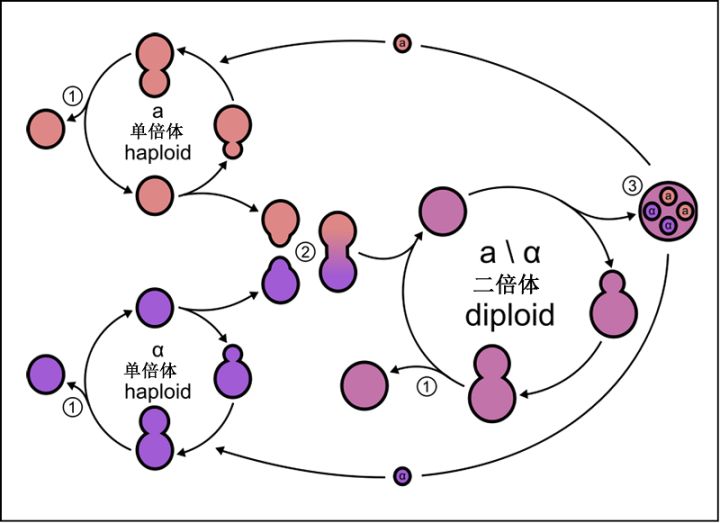It is a natural human impulse to think of evolution as a long chain of improvements, of a never-ending advance toward largeness and complexity—in a word, toward us. We flatter ourselves. Most of the real diversity in evolution has been small-scale. We large things are just flukes—an interesting side branch. Of the twenty-three main divisions of life, only three—plants, animals, and fungi—are large enough to be seen by the human eye, and even they contain species that are microscopic. Indeed, according to Woese, if you totaled up all the biomass of the planet—every living thing, plants included—microbes would account for at least 80 percent of all there is, perhaps more. The world belongs to the very small—and it has for a very long time.

So why, you are bound to ask at some point in your life, do microbes so often want to hurt us? What possible satisfaction could there be to a microbe in having us grow feverish or chilled, or disfigured with sores, or above all expire? A dead host, after all, is hardly going to provide long-term hospitality.












